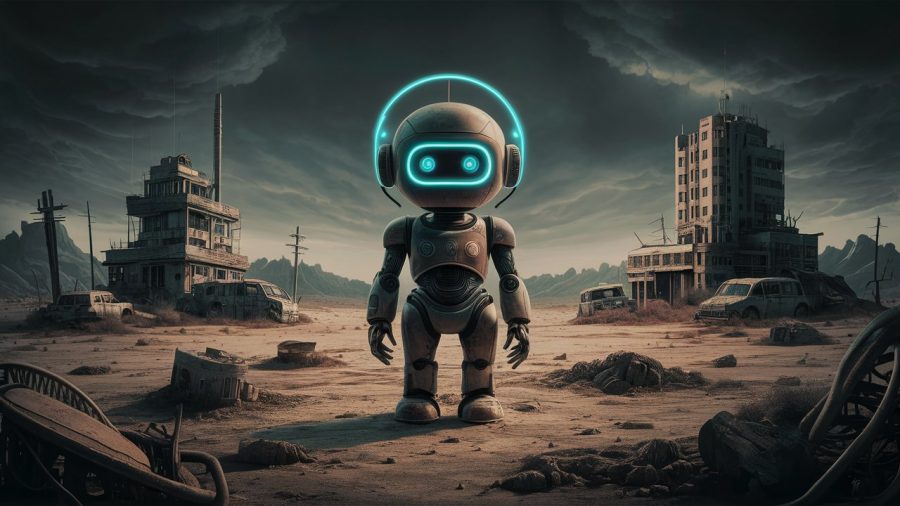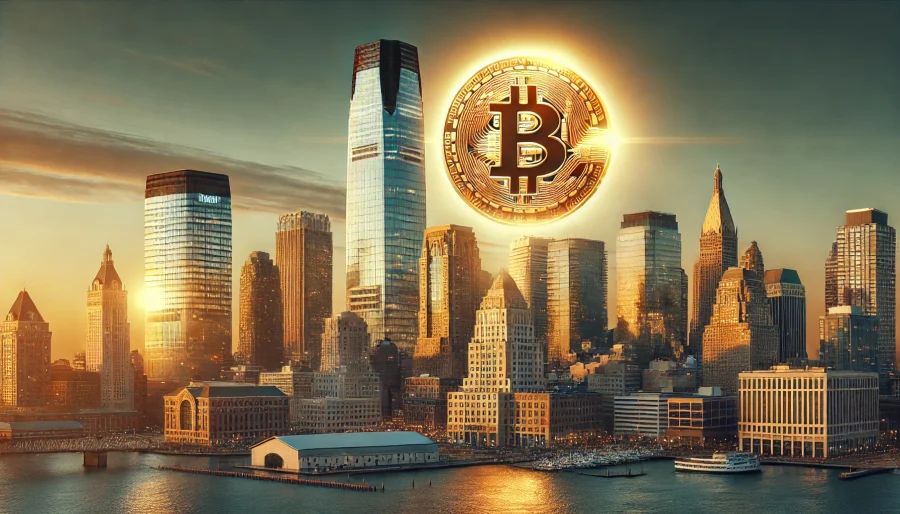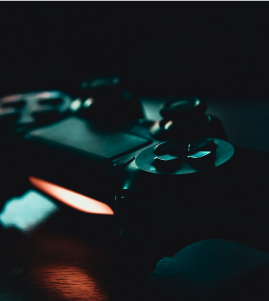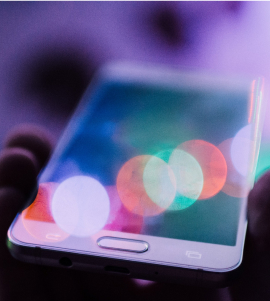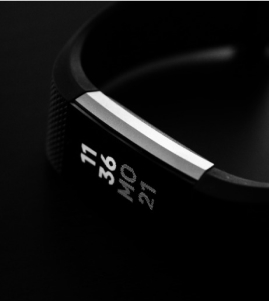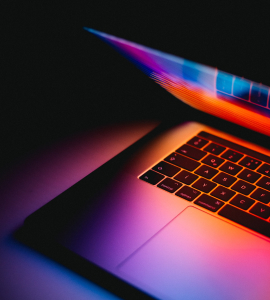Local reporters in Ferguson covering the ongoing unrest have turned to what’s become a mandatory tool for war correspondents covering conflict in real time, Twitter.
For Danny Wicentowski, 24, a staff reporter at the Riverfront Times, a St. Louis weekly, Twitter serves as his pipeline to the newsroom, allowing him to provide realtime updates as well as photographs, and helping his entire team beat back burnout as the demonstrations and police interactions continue.
"YOU ARE UNLAWFULLY ASSEMBLED..FOR THOSE ASSISTING US, WE APPRECIATE IT. ALL OTHERS, CONTINUE NORTHBOUND" #Ferguson pic.twitter.com/Ypx7synlPw
— Danny Wicentowski (@D_Towski) August 19, 2014
On the street until 3 a.m. nearly every day since Sunday, his dispatches from Ferguson have been retweeted hundreds of times. His 300 followers have grown to more than 2,000. Like the other reporters on the ground, his Twitter feed is a window on Ferguson for the rest of the nation.
Twitter also came in handy when Wicentowski wanted to know what left the big bruise on his leg. “I thought it was the cap of a flash bang, but (after I tweeted a photo) someone posted a link and said, ‘Oh, no, it was a foam disk, which is a different anti-riot device.’”
This happened. Then someone threw a water bottle. #Ferguson pic.twitter.com/L9oUNCspm3
— Danny Wicentowski (@D_Towski) August 19, 2014
For all the solid news Wicentowski is turning out in 140-character snippets, you wouldn’t know this is his first journalism job … as well as his first time really using Twitter.
I talked with Wicentowski about what it’s like covering the protests and riots in Ferguson, and how Twitter and other social platforms are crucial to helping him tell the story.
New police line. Around 30 remaining protesters (who avoided arrest) moving north in distance. #Ferguson pic.twitter.com/zq3A9Q5TcU
— Danny Wicentowski (@D_Towski) August 19, 2014
A Twitter Newbie
My experience with Twitter has been almost non-existent. Before this, I did very little twittering. I’ve had to learn how to do all of this as it happens.
Learning To Write Short
A lot of the writing I do is narrative, long form writing, which doesn’t translate to Twitter.
Twitter does give you the ability to do little vignettes. I can’t not do that—it’s the way I write, and I tweet that way as well. It has a poetic quality to just have these little moments, like noticing the moon is really big while there’s gunfire and tear gas happening.
I can sort of spit out impressions that go in my head that would normally go in my notebook that I would save later to establish a scene in some longer piece—now they’ve become tweets … [I can] build a narrative out of what I’m seeing.
https://twitter.com/D_Towski/status/501585754448224256
Getting The Timeline Right
Twitter really helps establish a narrative timeline to help me figure out, “What was I thinking about this time? What was the reason I tweeted it?” If it was important, I can return to that. I’ve been doing that in my stories. I’ll loop back on something like quotes that I’ve picked up on, or expand on them in a later story.
I haven't seen any national guard troops, just cops. Tense, pissed off cops. #Ferguson
— Danny Wicentowski (@D_Towski) August 19, 2014
The Importance Of Mobile Reporting
I should say humbly, (the Riverfront Times is) kicking ass. We are not waiting to aggregate or to only do analysis. We’ve all been out there at various times on the ground reporting firsthand.
Though we are local, not all of us have deep ties to the area. But our local connections and our ability to connect with and local activists who we know already gives us a much better handle.
Police surged and arrested non media. Where were they supposed to go? #Ferguson pic.twitter.com/MKzNxfQbLO
— Danny Wicentowski (@D_Towski) August 19, 2014
The residents know we’ll be there, and we’ll be there later. It helps the undercurrent of animosity to the national media who residents may suspect can be little more than riot tourists, or crafting things all about hype.
Lead image courtesy of Danny Wicentowski.





